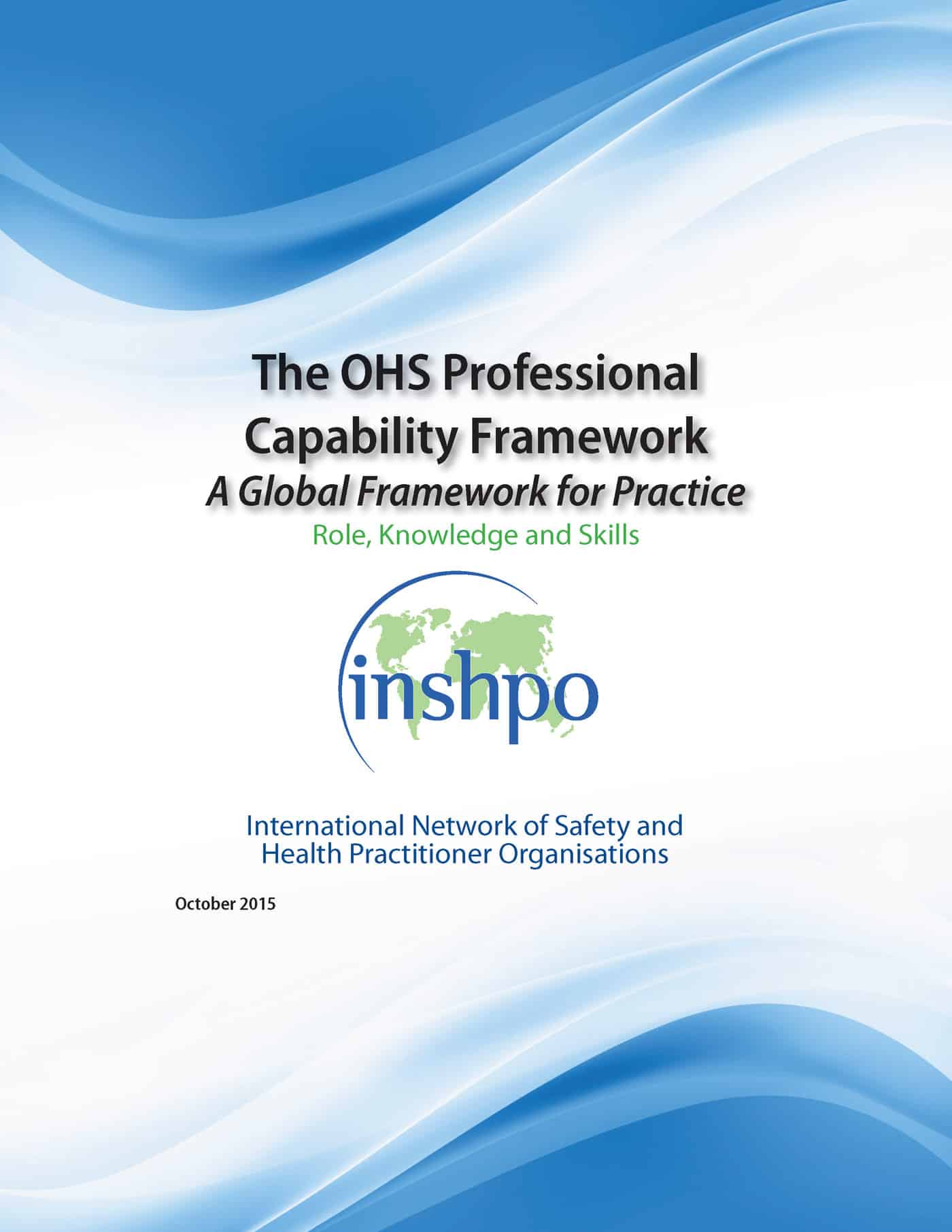Recently an article was posted on SHPOnline called “Health and safety needs a re-brand“. The article by Anna Keen ties in with the Safety Differently or Safety 1-Safety 2 movements but needs to be considered carefully.
The street interviews were conducted in England where occupational health and safety (OHS) has undergone such a slagging off by the tabloid media that the Health and Safety Executive had to devote resources to countering the misrepresentation of OHS. This misrepresentation has been occurring since the mid-2000s. The video in the article is conformation of the success of the tabloid media outrage that even led to a pathetic attempt at comedy at OHS’s expense.
OHS, particularly in the United Kingdom but less so in Australia, has a perception problem which is clear from the video but will re-branding be enough?


